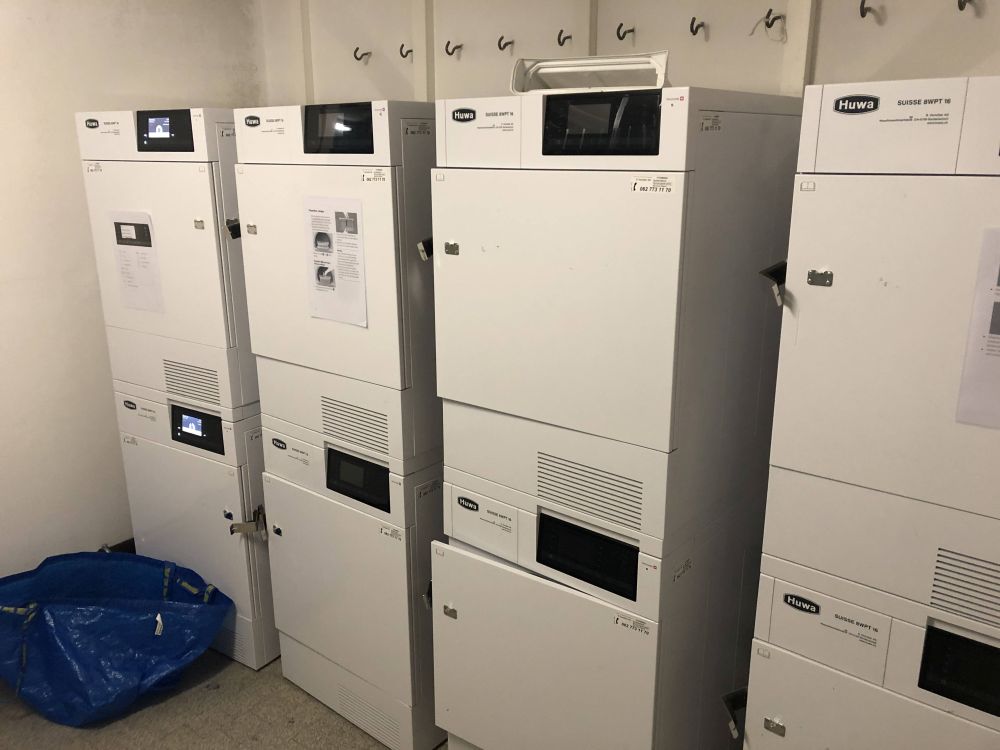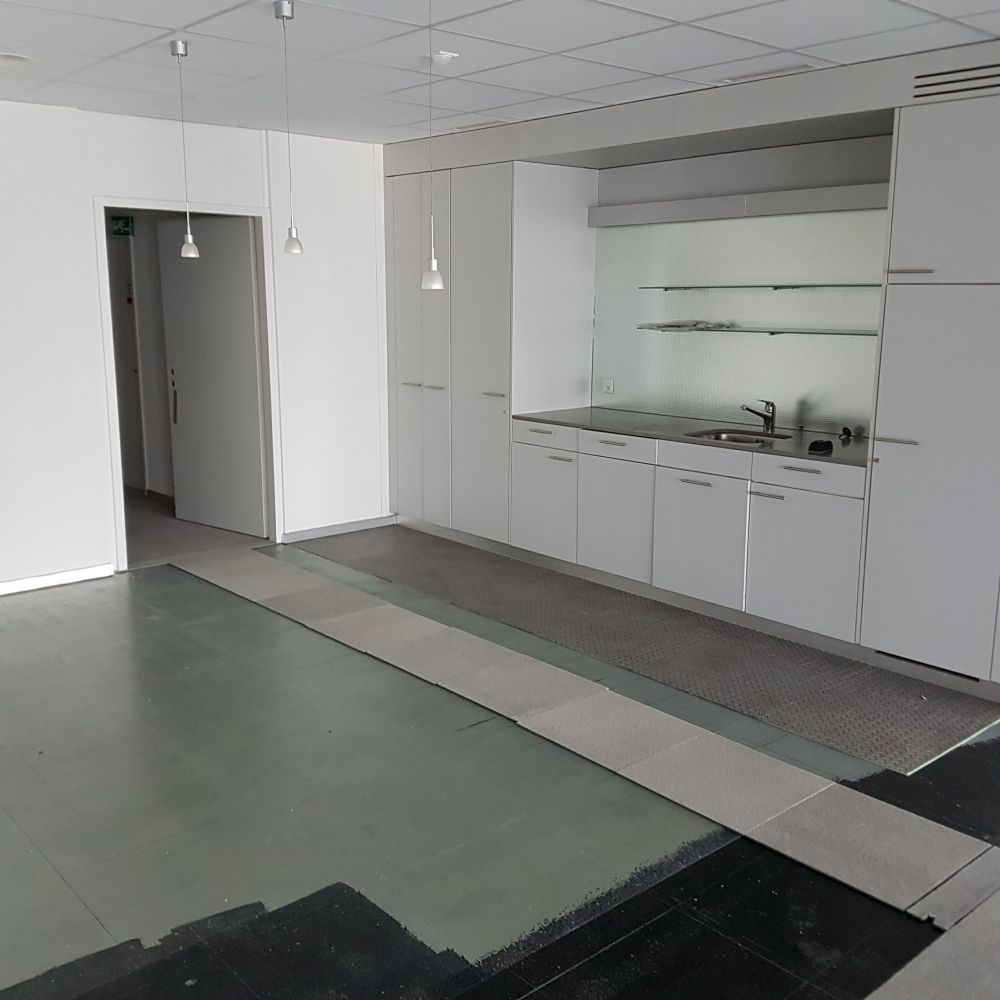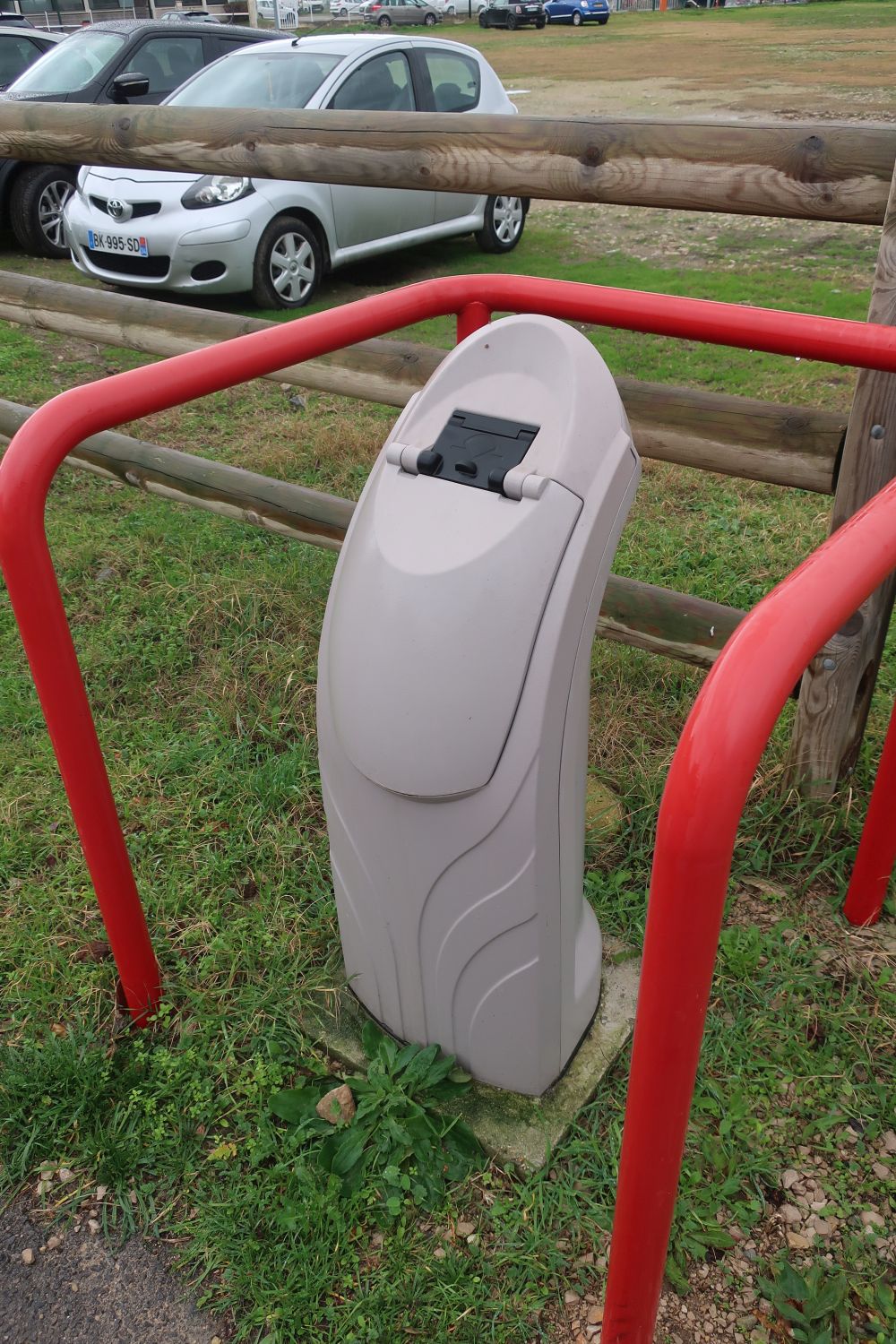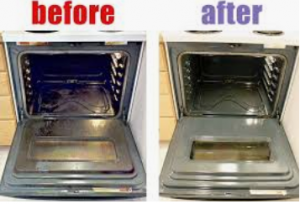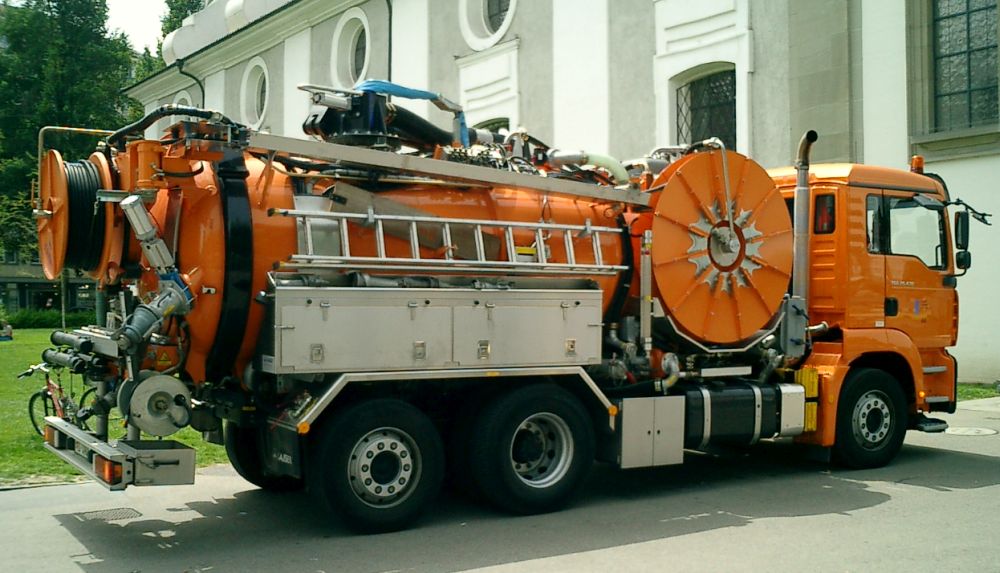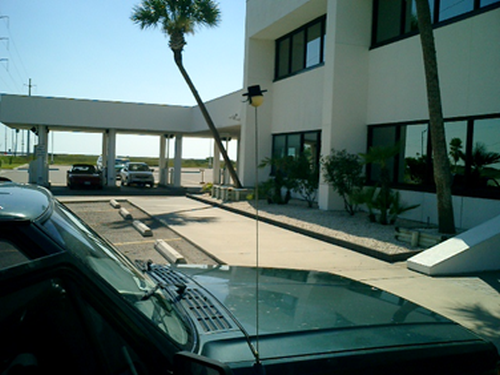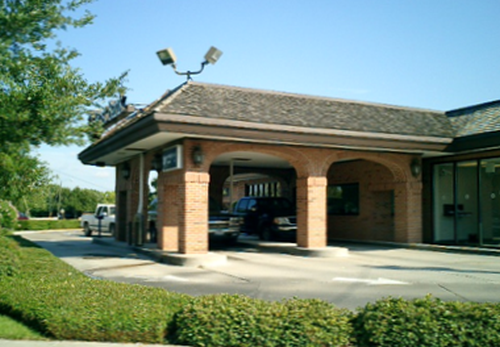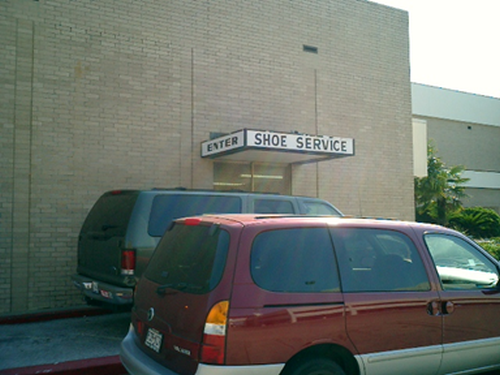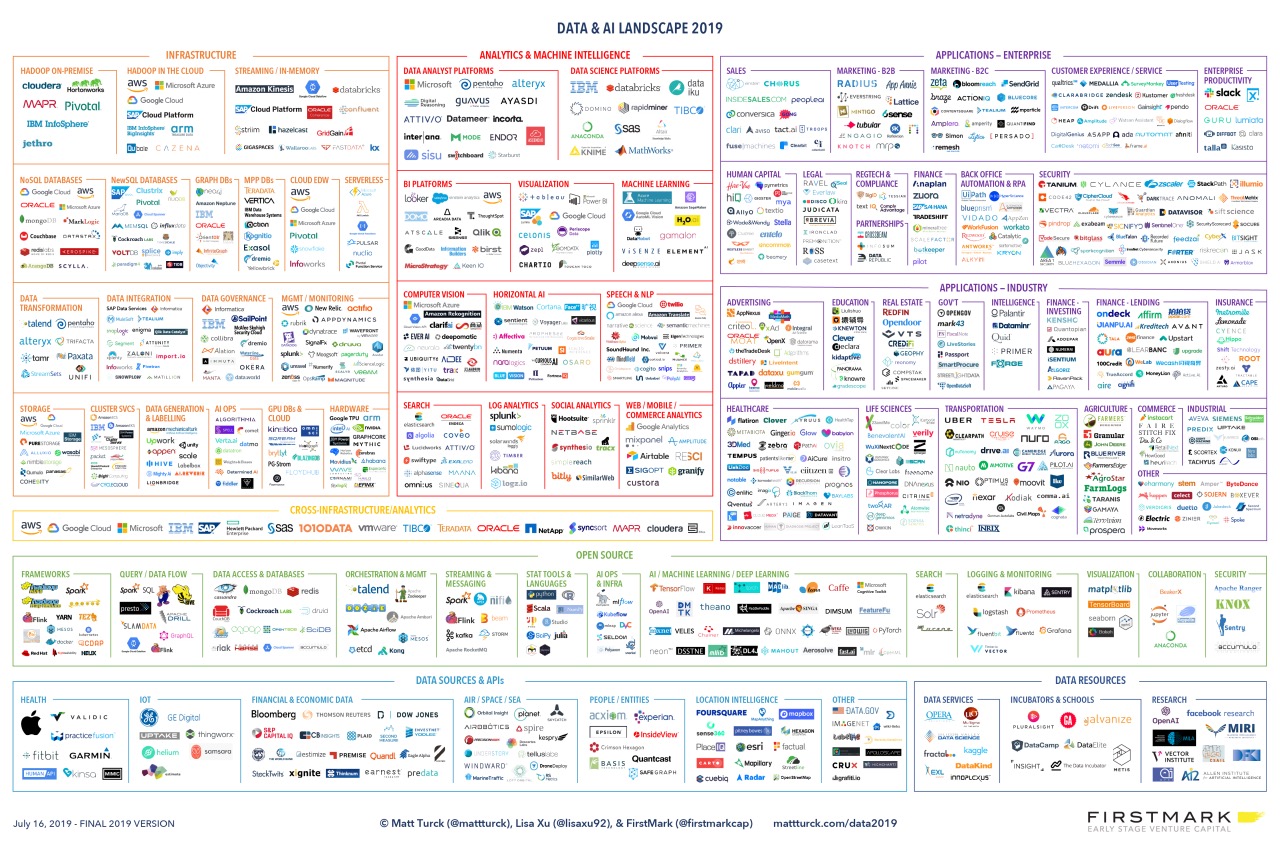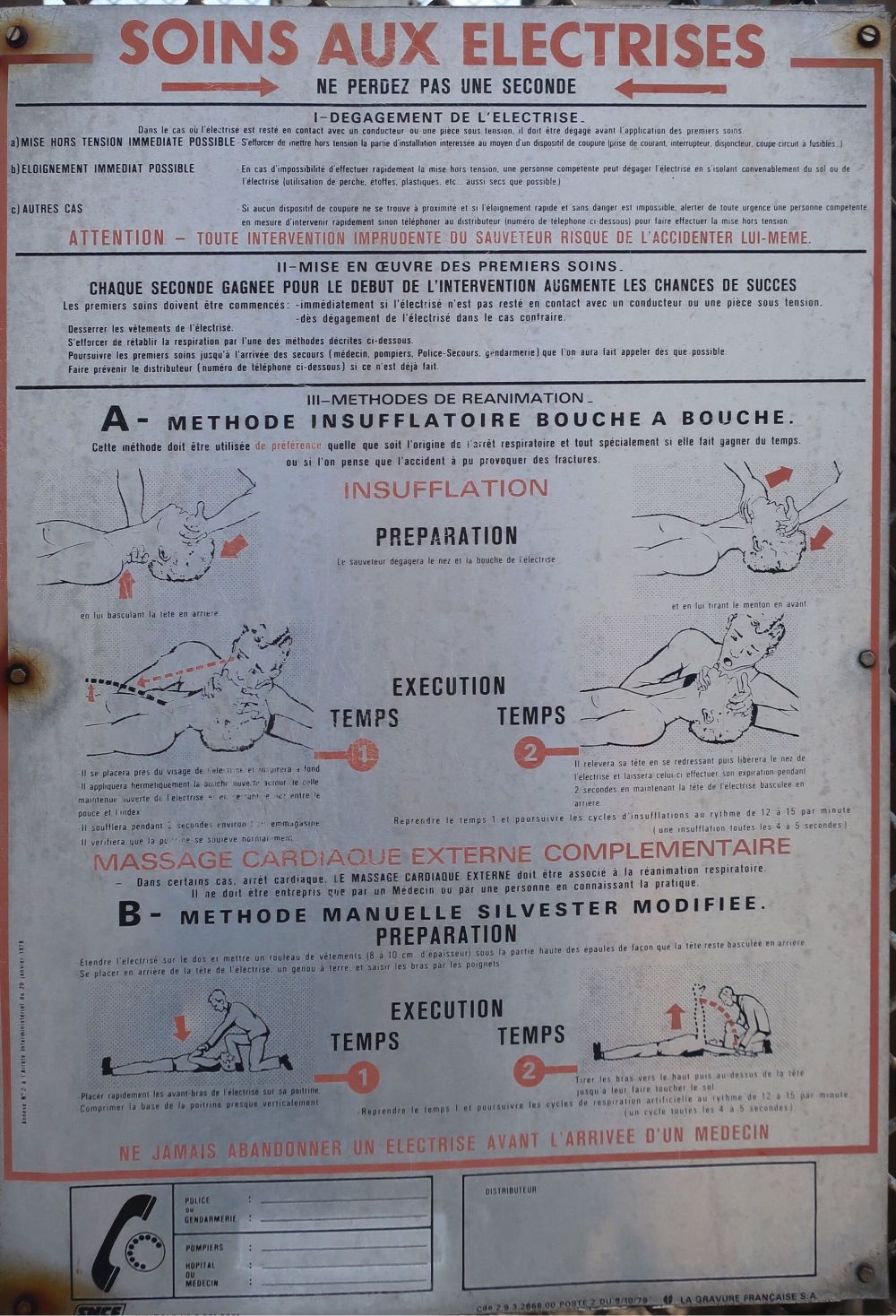Continuing the series, as part of a large IT transformation that I helped drive, it was necessary for us to hire 20+ talented IT professionals. And add to that around 30 mostly Indian colleagues that were to join us to run the Transition and Transformation (T&T) program. And add to that at least two other large IT teams we wanAnd because we had so many people, it was necessary for us to locate and rent a building dedicated to IT. So I had a once-in-a-lifetime opportunity to take off my IT transformation hat and put on my facilities management hat.
This blog series recollects a bit of the journey before too much time passes and I forget some of the more interesting details.
Ongoing third parties
I’ve worn a few different hats in my life: cook in a restaurant, forklift truck driver, landscape gardener, and professional housepainter to name just a few of the most important ones. So it is not only fun but a privilege when life gives me the chance to establish working relationships with people in varied trades.
One of the most fun people I dealt with was the head of the cleaning service company we contracted. I won’t mention her name here, but anyway she is retired. She was around six-foot five feet tall, and when she first shook my hand she literally crushed it (no kidding, I could not play the banjo that day!). She was from Stuttgart – and I lived many years in Stuttgart – and if you know anything about the passions of the people Schwabia – and I am saying this because they are great people – then you know that quite probably cleaning is the only topic more important on their scale of life than finance or even religion!
I learned a few things about cleaning.
One thing I learned, the cleaning contract is built around a very specific checklist or work to be done (wipe desk tops with damp cloth, clean outside of refrigerator, complete vacuum of carpet, spot vacuum of carpet for visible dirt, etc.) and how often each step is to be done (daily, weekly, monthly, on demand) and when (e.g. after working hours).
I also learned that after the contract was signed, at least in my case, the cleaning company assigned a dedicated resource to handle our cleaning needs. I hardly ever saw her, because she I don’t think she came to building until around midnight. And I also learned that she took a lot of pride in her work and very often cleaned up even when it was not clearly written in the contract.
I also learned that we had an obligation to provide a rather large room to store the cleaning materials (I never consider this when I did my original planning!). Think about it: vacuum and mop. But you’ll need a huge shelf space for the cleaning products and chemicals, as well as the consumables. Believe me, there are many, many more consumables than you might first think about!
And finally, the little stuff. Like most people, I’ve used toilets all my life, maybe not always exclusively, but usually when I had the chance and the need! Also living in Asia I became rather proficient at Asian style squat toilets.
But in addition to my role to help drive the IT Transformation, I was as a facilities manager now, the and toilets were my responsibility, and this means all of them, both men’s and women’s (and the shower).
Now here are a few things you might not think about in this snap:
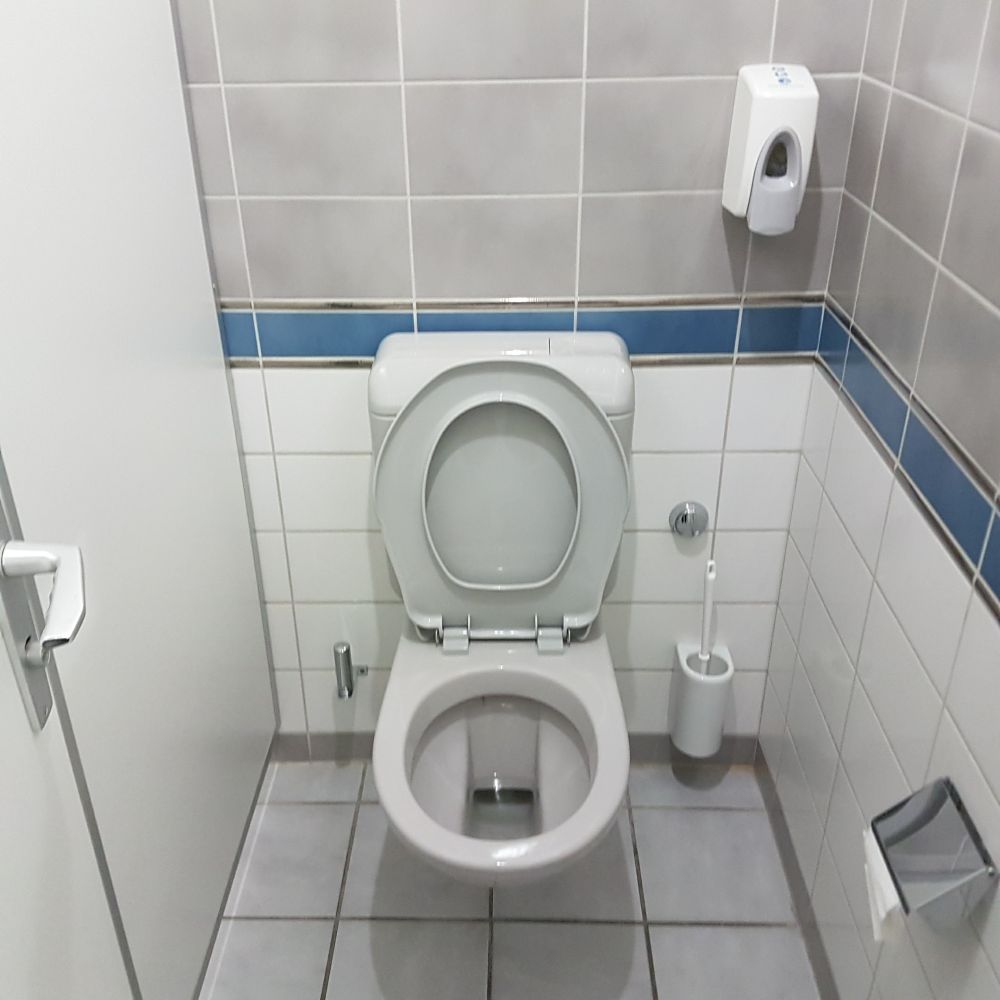
Think a little bit about the consumables. The little white dispenser is for alcohol – this needs to be discussed with the cleaning company, and you’ll need a part in your contract about how often its checked. And the other consumables – and there are more of them than you think: sanitary products, bags, toilet paper, soap, paper for drying your hands, bags to line the towel basket, bags to line the waste basket – and a few more I’ll let you figure out yourself!
And although it’s not shown here, the restrooms contained a spray bottle of a scented fragrance that periodically (few times a day) shot a burst of fresh scent into the room: which scent would you like? How often should it be checked? How often should it spray? Who checks that it sprays and who replaces the little battery when it‘s needed?
These were just a few of the challenges you face when you are a facilities manager! It’s a bit overwhelming at first, but as time goes on you start to take these things in your stride!
